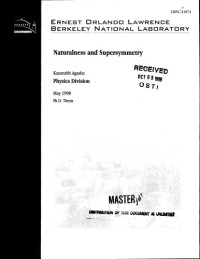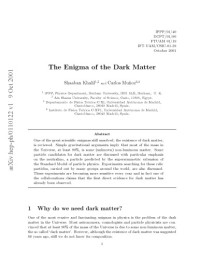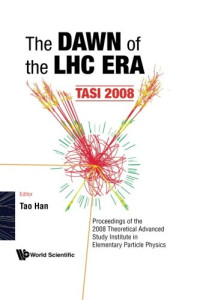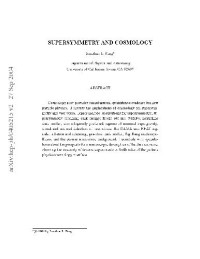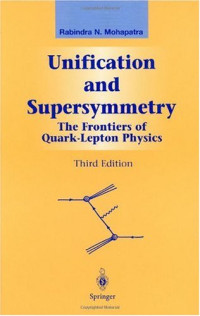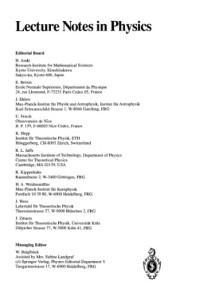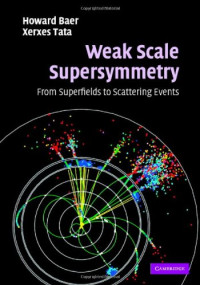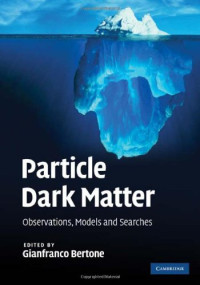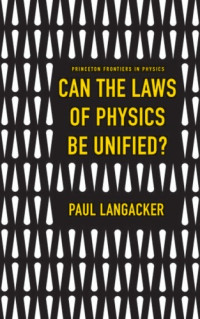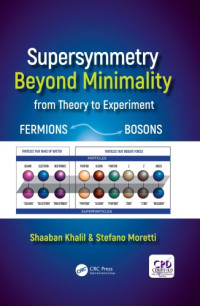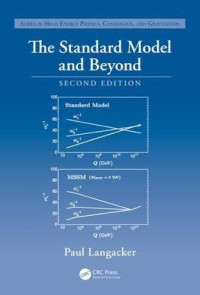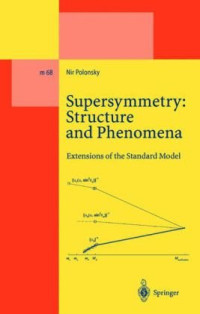
Supersymmetric dark matter
G. Jungman, M. Kamionkowski, K. Griest
There is almost universal agreement among astronomers that most of the mass in the Universe and most of the mass in the Galactic halo is dark. Many lines of reasoning suggest that the dark matter consists of some new, as yet undiscovered, weakly interacting massive particle (WIMP). There is now a vast experimental effort being surmounted to detect WIMPs in the halo. The most promising techniques involve direct detection in low-background laboratory detectors and indirect detection through observation of energetic neutrinos from annihilation of WIMPs that have accumulated in the Sun and/or the Earth. Of the many WIMP candidates, perhaps the best motivated and certainly the most theoretically developed is the neutralino, the lightest superpartner in many supersymmetric theories. We review the minimal supersymmetric extension of the standard model and discuss prospects for detection of neutralino dark matter. We review in detail how to calculate the cosmological abundance of the neutralino and the event rates for both direct- and indirect-detection schemes, and we discuss astrophysical and laboratory constraints on supersymmetric models. We isolate and clarify the uncertainties from particle physics, nuclear physics, and astrophysics that enter at each step in the calculations. We briefly review other related dark-matter candidates and detection techniques.
年:
1996
出版商:
Noth-Holland
語言:
english
頁數:
179
系列:
Physics Reports
文件:
DJVU, 2.15 MB
IPFS:
,
english, 1996
 Amazon
Amazon  Barnes & Noble
Barnes & Noble  Bookshop.org
Bookshop.org  轉換文件
轉換文件 更多的搜索結果
更多的搜索結果 其他特權
其他特權 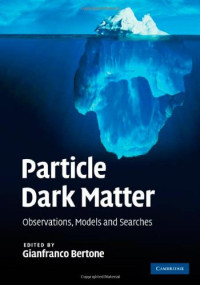
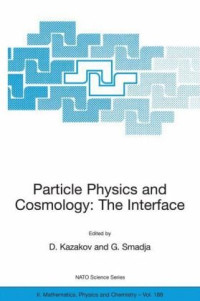

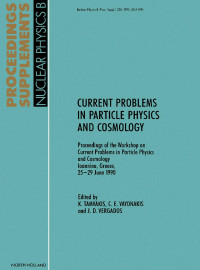


![— Deep Underground Science and Engineering Lab [dark matter working grp]](https://s3proxy.cdn-zlib.se/covers200/collections/genesis/3197180440d8a56fe0493e10d0e38e04d87c68851a7df2e7787fafbccdfbf8a2.jpg)
